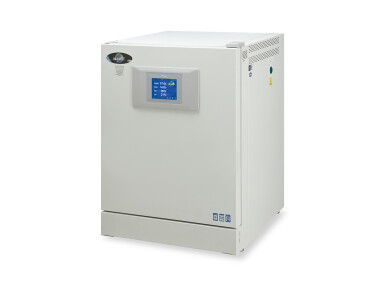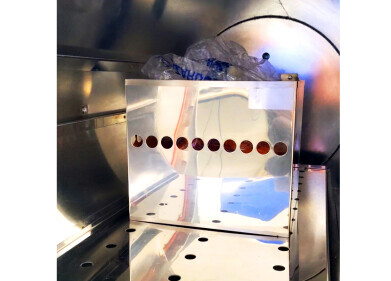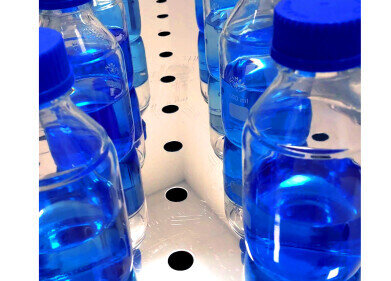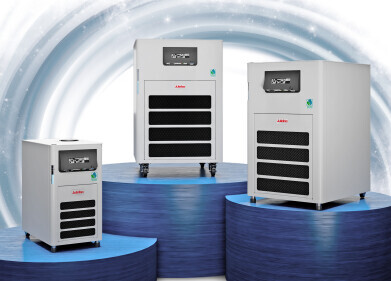-
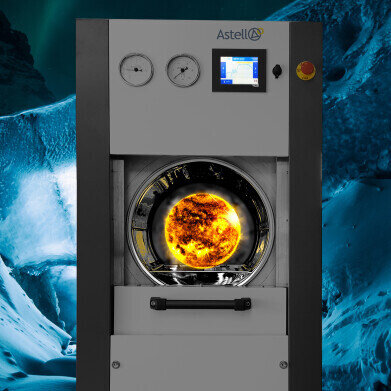 Efficient autoclaves conserve energy within them, and minimise loss.
Efficient autoclaves conserve energy within them, and minimise loss.
Temperature control and sterilising
8 top tips for running the most energy-efficient autoclave in 2024
Jun 06 2024
Start with the load: An autoclave at load capacity operates most efficiently. Calculate what needs autoclaving in a typical day before picking your autoclave.
Then, select a chamber: Cylindrical chambers distribute pressure evenly and heat quickly but may have unusable spaces. Cuboid chambers offer more usable space but need thicker walls.
Next, look at water volumes…: Find an autoclave that heats the smallest volume of water to generate steam, reducing energy consumption.
… And water heaters: More powerful heaters give faster water-to-steam conversion. This speeds up sterilisation, reducing energy loss.
Consider heating and cooling jacket: Jackets prevent cycle failures and use ambient water for cooling, saving energy.
Then look for energy-saving features: Look for autoclaves with intelligent sleep modes, optimal pump functionality, and low-power electronics to minimise energy waste.
Once you have your autoclave, ensure regular maintenance…: Regular servicing, calibration, and validation ensure the autoclave runs efficiently and maintains accurate temperatures.
…And effective scheduling: Develop timetables to ensure full loads. Run multiple cycles back-to-back using an autoclave with an Ecofill tank to conserve heat and shorten cycles, reducing energy use.
Astell produce a wide range of autoclaves with a variety of energy saving features and options, and are happy to help you find the most effective autoclave for your needs.
More information online
Digital Edition
Lab Asia Dec 2025
December 2025
Chromatography Articles- Cutting-edge sample preparation tools help laboratories to stay ahead of the curveMass Spectrometry & Spectroscopy Articles- Unlocking the complexity of metabolomics: Pushi...
View all digital editions
Events
Jan 21 2026 Tokyo, Japan
Jan 28 2026 Tokyo, Japan
Jan 29 2026 New Delhi, India
Feb 07 2026 Boston, MA, USA
Asia Pharma Expo/Asia Lab Expo
Feb 12 2026 Dhaka, Bangladesh
